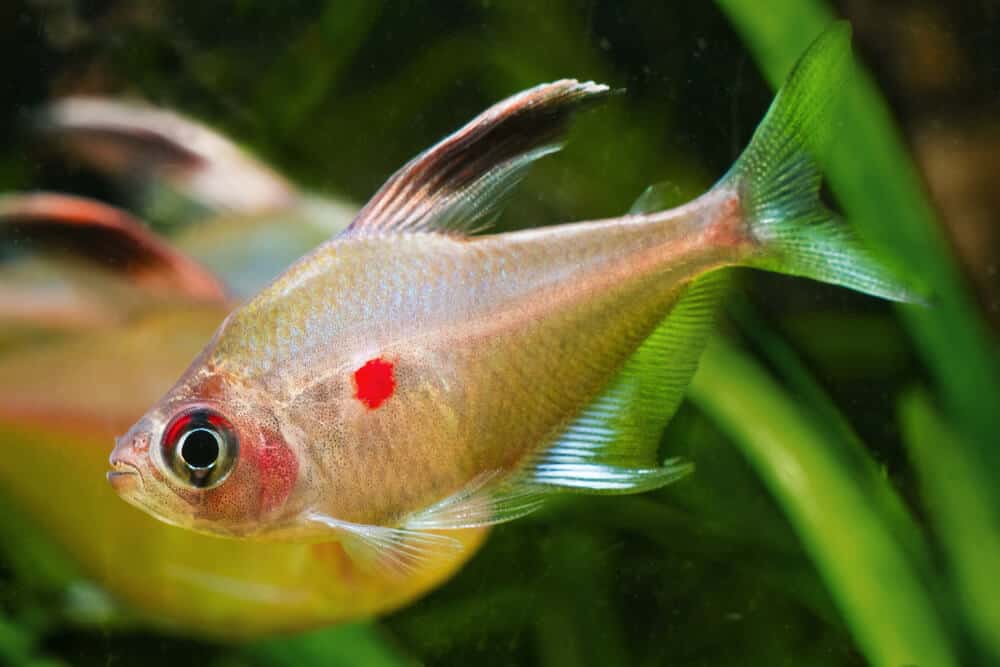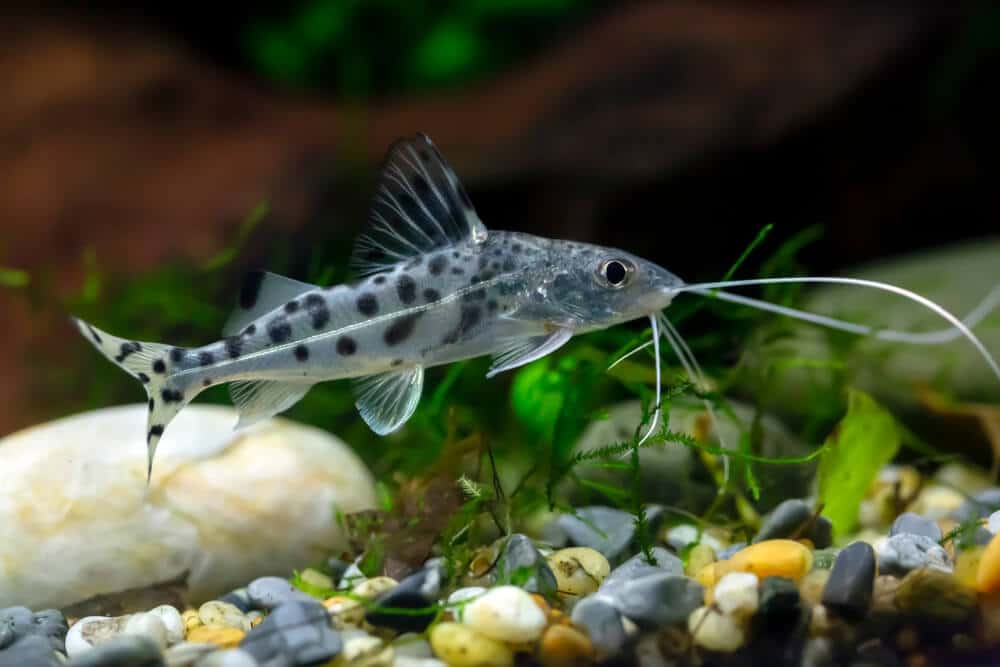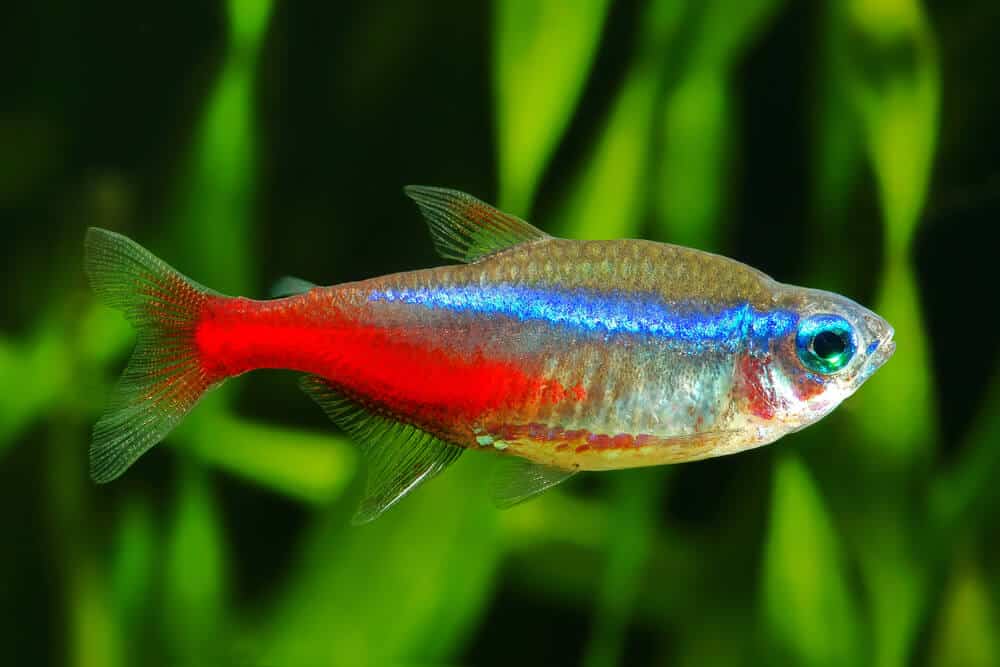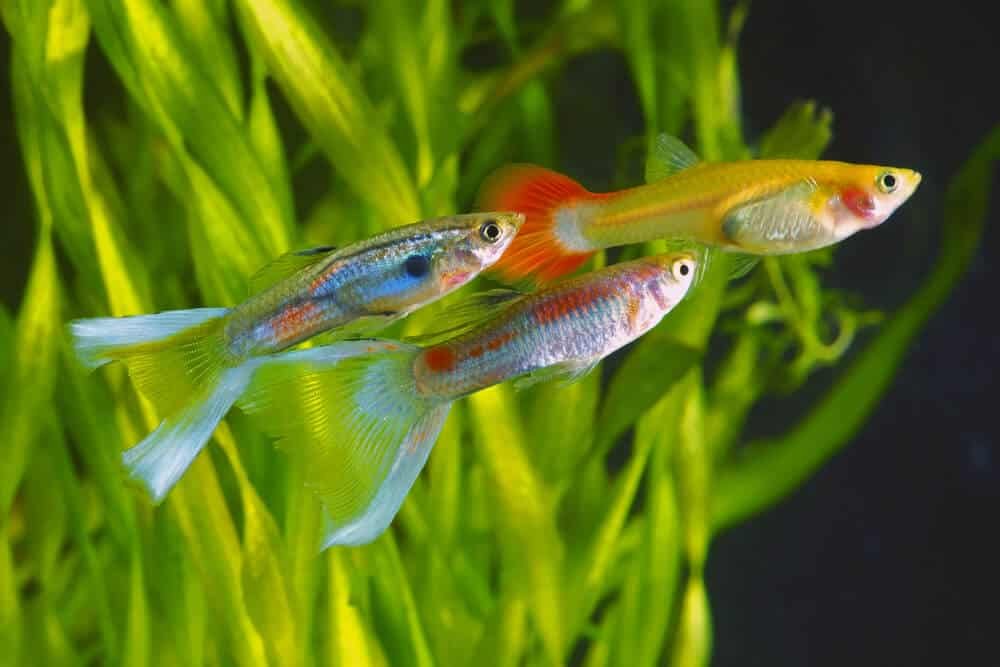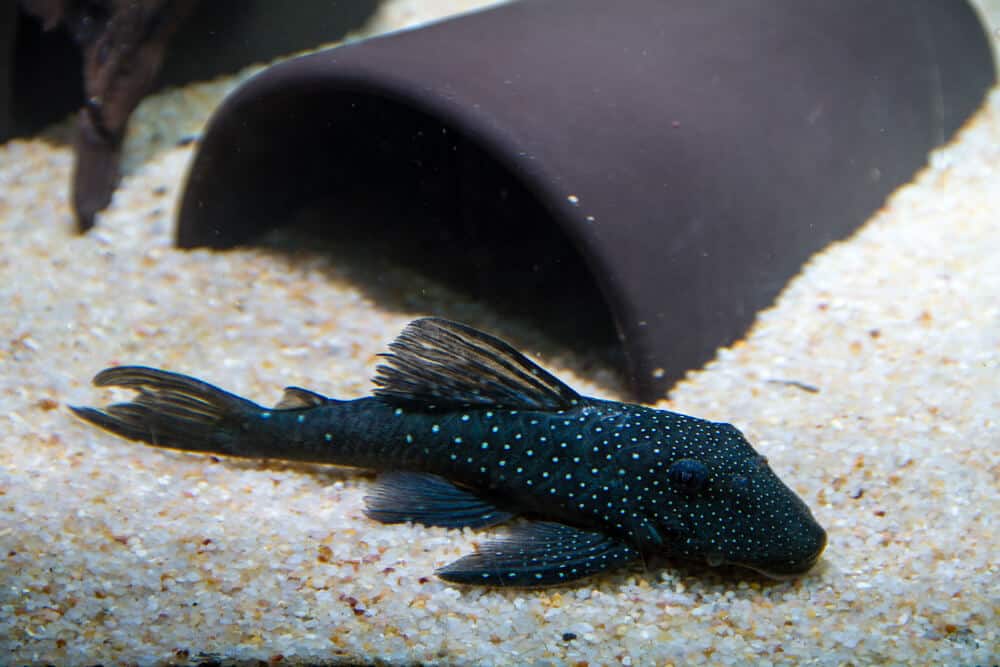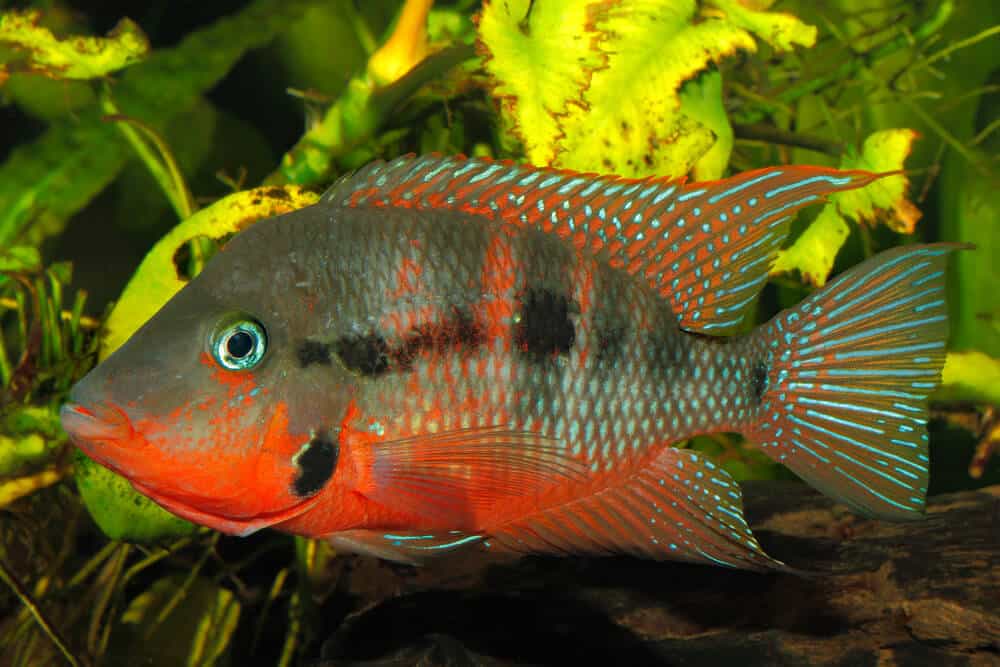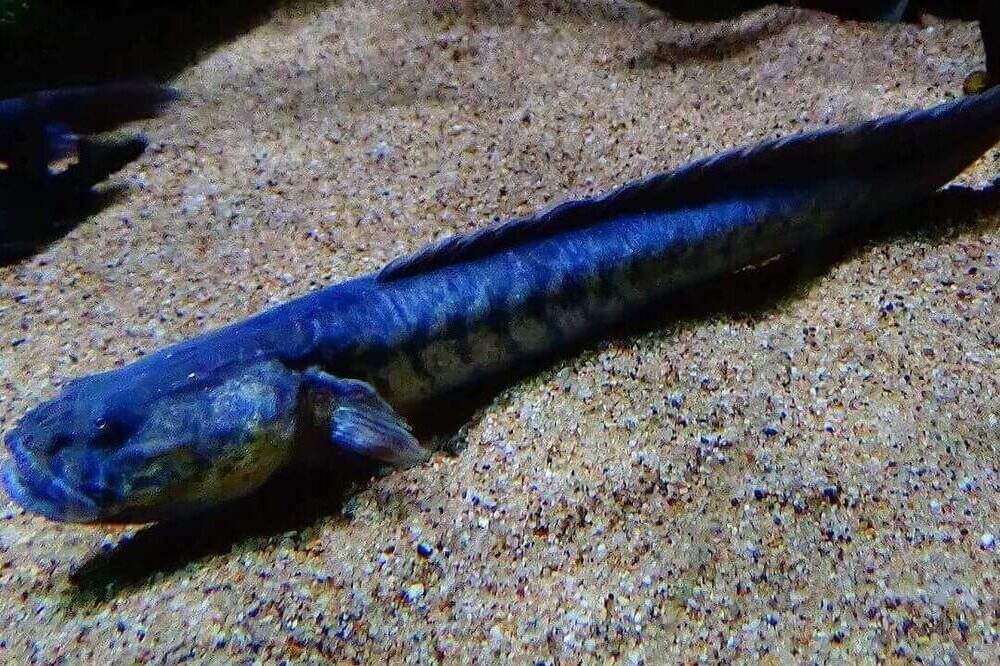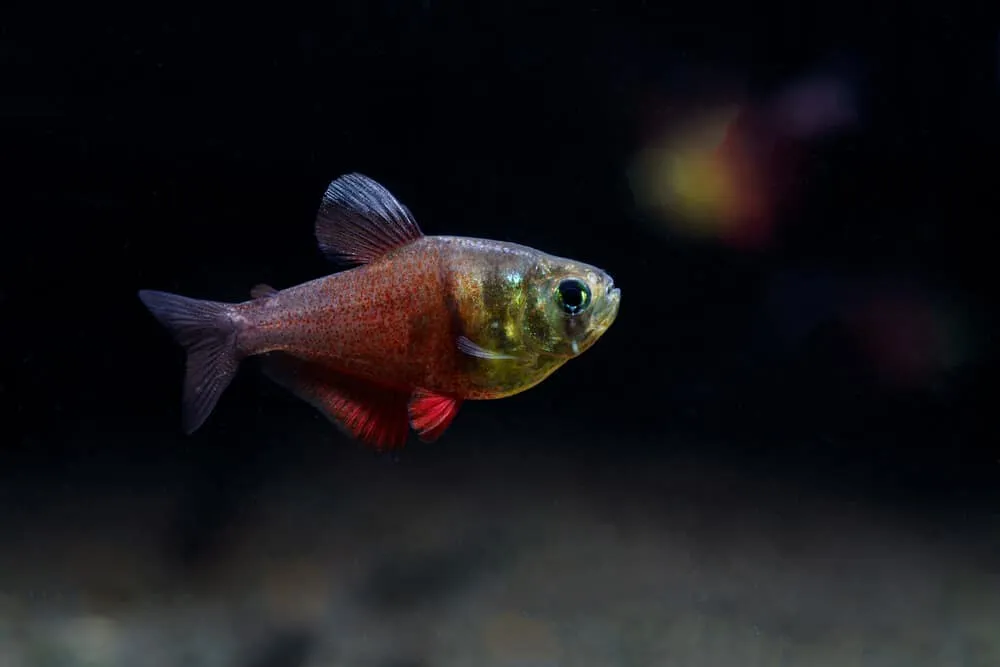Can Algae Eaters Live With Turtles? A Closer Look At The Answer
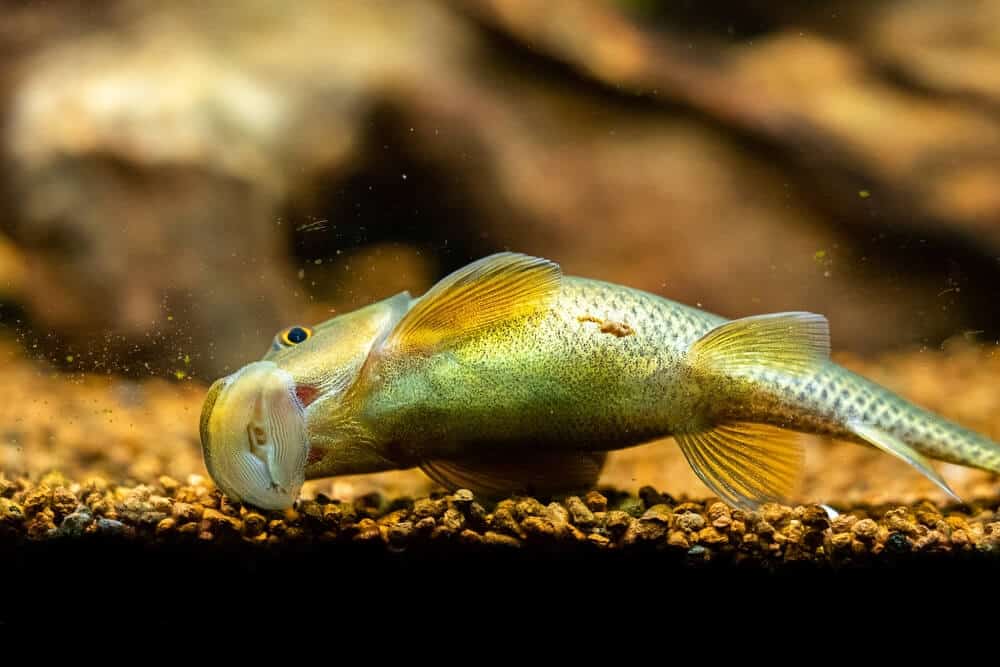
Can algae eaters live with turtles? The short answer is yes and no.
Although an algae eater can live in the same tank with turtles, they may not get along. There are many kinds of algae eaters, and some types will not fit with your turtle’s diet. Turtles can be very territorial, have sharp claws, and use them when threatened or when they feel threatened by a potential threat.
On the other hand, turtles might feed on the fish. Therefore, fast swimming fish that knows how to hide might have the upper hand in a turtle tank. So, which is the best match for the turtles? Read on and find the most compatible algae eaters for the turtle tanks.
What Are Algae Eaters?
Algae eaters are fish that will eat algae. This can be done naturally, by being fed specific foods or even by having the algae eaters bred specifically to eat algae.
Algae eaters come in many different types and sizes. Algae eaters are typically small fish, ranging from 2 inches to 12 inches in length. The majority of algae eaters come from the North American continent. Still, some species hail from Europe and Asia.
Some are small and fast, while others are large and slow. Some have teeth, and others don’t. Some can be bought from fish stores, while others must be bred in captivity to produce offspring who will eat algae.
Algae eaters have a long lifespan and can live for years in home aquariums. They are hardy fish that will thrive in most tropical fish tanks, regardless of their size or how often they are fed.
Compatibility: Why Are Algae Eaters Good For A Turtle Tank?
Algae eaters are very useful for a turtle tank because they help keep the water clean and clear. Without algae eaters, your turtle tank will soon become covered in algae. This can be unsightly and unhealthy for your turtles.
They are also good for your turtle because they help to keep the water temperature stable. If you have a large tank, you may need to add an additional heater or filter to help regulate the water temperature so that it doesn’t get too hot or too cold. Without an algae eater, this could cause your turtles to suffer from heat stroke or cold shock.
Aside from that, Algae eaters are good for your turtle’s health because they help to remove excess waste from the water column and prevent foul odors from forming on its surface. They also help prevent bacterial growth that can lead to disease if left unchecked by other types of cleaners such as ammonia removers or special filters designed for aquatic animals such as turtles.
Conditions: How To Put Algae Eaters With Turtles?
Can algae eaters live with turtles? Yes, but they should be in a large tank (at least 75 gallons) with a location that is not overheated or under-cooled. The water temperature should be between 80 and 82 degrees Fahrenheit, with the heater set to 78 degrees and the air temperature around 70 degrees. The pH should be between 6.5 and 7.5, with general hardness of around 50 ppm.
A warmer tank will produce more algae and less food for your fish. Conversely, a cooler tank will make them sluggish and less active. If you don’t have room for a heater, use a thermometer to check the temperature at least once per day so you can adjust accordingly.
Algae Eaters are fast swimmers, and they like hiding places where they can rest and hide from predators, as well as plenty of open swimming space for the turtle to move around. The best place for them is under rocks or plants where they can find shelter from predators such as turtles and other fish species in your tank. Having a hiding place can help them feel more secure in your aquarium.
The filter in your tank should be running very slowly so that you don’t disturb your turtle’s natural environment too much. You can also turn off any air stones in the tank or remove them entirely if they are causing problems for your turtle’s health or behavior.
Algae Eaters Feeding
Algae eaters are omnivores, which means they will eat both meat and plants. In the wild, algae eaters will eat algae, insects, and crustaceans. These fish can be fed various foods, including commercial pellets and flake foods, frozen bloodworms or brine shrimp (in the right amounts), tubifex worms, chopped-up squid, and small pieces of cut-up meaty fish like tuna or salmon.
On the other hand, turtles need calcium in their diets to grow strong shells and bones. A calcium-rich diet includes a variety of fruits and vegetables such as carrots, kale, collard greens, tomatoes, and oranges. They also need a calcium source such as dairy products or tofu fortified with calcium to ensure they get enough calcium.
Turtles are omnivores. They eat a wide variety of things, including worms, insects, snails, and fish. The best thing to feed tank turtles is a good quality commercial turtle food that has been scientifically formulated for your turtle’s needs. There are many different brands out there, each with its specific ingredients.
You must ensure that your turtle has access to fresh water at all times. You should also provide him with various fruits, vegetables, and greens to help him stay healthy and happy.
Best Algae Eaters For Turtle Tanks
The best algae eaters for turtle tanks tend to be those which will eat the algae that grow on the sides of the tank and also that will be compatible with turtles. You don’t want a scenario whereby the turtles will eat all the fish.
You can use different types of algae eaters for different types of tanks. Some work better in smaller tanks, while others work better in larger tanks. Here is a breakdown of the most compatible algae eaters with turtles:
1. Plecos
The Plecostomus, also known as the South American pleco, is a freshwater fish that originates from South America. The pleco will grow to a size of 5 to 6 feet long and 1 to 5 pounds in weight. They are very hardy fish and can be kept in both fresh and saltwater aquariums.
Plecos are a great choice for your turtle tank. They’re a robust species that can survive in a wide range of conditions and are also very adaptable. They’ll eat pretty much anything you put in their tanks, so you don’t have to worry about them eating your turtle’s food.
Plecos are peaceful by nature, so they won’t bother your turtles or other fish. They’re also easy to care for and will thrive on various foods, including flaked fish filets, cuttlefish bone meal, and cichlid pellets.
Plecos come in many different shapes and sizes; some species are long and slender, while others are short and fat. The most common types are:
- Common Pleco (Hypostomus plecostomus) – This is the most common type of pleco. It grows to be around 4 inches long and often has a slightly brown coloration with darker spots or stripes along its body. It also has a large head with large eyes.
- Clown Pleco – The clown pleco is also fairly easy to breed, and they make great parents. This makes them a great choice for many aquarists who are just getting into freshwater fishkeeping. Clowns require a minimum tank size of at least 55 gallons, but they can be kept in tanks up to 100 gallons if you wish.
They like a lot of room to swim around, so keep in mind that you will need to provide them with plenty of hiding places and caves. They also need a substrate that is soft enough for burrowing and some plants for them to climb on top of or hide behind.
2. Chinese Algae Eater
Despite its name, the Chinese algae eater is native to Thailand and India and hails from the family of Gyrinocheilus. It is known to be a solitary fish, and most of the time it will spend at the bottom of the tank burrowing substrate and algae. Its sucker mouth helps it to attach to rocks and driftwood.
The skin coloration of this fish varies depending on location. Still, it typically has shades of brown or greenish-brown along with a pattern of vertical stripes that run from head to tail. There are also some slight variations in coloration between individuals within their species, but most specimens will be solid colored with small black spots or blotches scattered throughout their bodies.
The adult can grow up to 11 inches, but the moderate ones are about 5-6 inches. The female is a bit broader than the male.
This Algae Eater is best kept in a tank that is at least 60 gallons, but can also be housed in larger tanks. A good sand and gravel substrate is needed for the Algae Eater to do well. The water temperature should be around 72-82 degrees Fahrenheit, with a pH level of 7.8-8.3.
It is an omnivore, so it will eat almost anything that enters its tank: flake food, pellets, and frozen foods are all fair game. Overfeeding this fish with algae can cause bloating, leading to serious issues with the fish’s health.
3. Otocinclus
Otocinclus is a genus of freshwater fish in the family Loricariidae. The genus name comes from the Greek oto, meaning “ear,” and cinclus, meaning “hollow.” They are named as such because of the hollow tube that extends from their mouth and into the sinus cavity on the roof of the mouth.
These algae eaters are peaceful, hardy, and easy to care for. The catfish has a lifespan of 6 years and can be found in many different colors.
The Otocinclus species are generally small to medium-sized catfishes with elongated bodies and cylindrical shapes. They have a large mouth that can be opened widely to capture food and large eyes that are set close together on top of their heads. They are also known for their unique mouth, allowing them to latch onto surfaces for feeding.
All otocinclus species are herbivorous, feeding almost exclusively on algae and other aquatic plants. They use their barbels to remove vegetation from the water’s surface, then wrap the prey in mucus before swallowing it.
In addition, Otocinclus are primarily nocturnal fish and swim to the surface of the water to breathe air. They do this at night when it is cooler, but can also do so during daylight hours.
These algae eaters are peaceful and will not bother other fish unless they feel threatened themselves. They do best in tanks with other Otocinclus species or if kept singly or in pairs (1 male & 1 female). They can be kept in 10-gallon aquariums.
4. Florida Flag Fish
The flag fish can be found in the southern United States, especially around Florida. It has become so popular that it has been introduced into other parts of the world, including Australia and Japan.
The Florida Flagfish has beautiful coloration with a grayish body with red and golden stripes along its body. They have very short barbels and large dorsal fins, which enable them to camouflage perfectly in their habitat.
The Florida flagfish can be kept in freshwater or brackish water. They are generally not aggressive towards other tankmates and can be housed with other fish species or invertebrates such as snails or shrimp. They can also be kept with invertebrates such as hermit crabs, mollies, and crinoids (sea fans).
The Florida Flagfish will eat both plants and meaty foods such as blood worms, white worms, or even brine shrimp. It can be fed various foods, including flake food, pellets or fresh vegetables such as lettuce or spinach leaves. These foods provide essential amino acids for the growth and development of your pet.
The Florida flagfish is a small schooling fish that enjoys being kept in schools with other peaceful tank mates. It will also enjoy being housed with invertebrates such as snails and shrimp because they provide an excellent food source for these smaller fish.
5. Butterfly Goodeid
The Butterfly Goodeid is a small to medium-sized livebearer that breeds in the wild. It lives mostly in shallow water near reefs and sandy areas where plenty of food is available. The butterfly goodeid is a small species of marine fish native to Mexico’s Pacific coast.
It lives in shallow waters, usually less than 20 feet deep, but it has been found as deep as 100 feet. The butterfly goodeid is known for its unique appearance, which includes its large eyes and black spots on its abdomen.
The butterfly goodeid has a bony spiny fin on its back, which helps it swim through open water without getting wet or dirty. It can grow up to 3 inches long and has a lifespan of one year.
It is an omnivorous fish that eats algae, plants, and other aquarium plants. The temperature it requires is between 72 degrees Fahrenheit and 82 degrees Fahrenheit. This fish can also be aggressive towards other fish in your tank if it feels threatened or needs more space to swim around.
The butterfly goodeid is capable of living in both freshwater and marine environments, but it prefers warmer water temperatures because of its high metabolism rate. The butterfly goodeid needs plenty of room to roam around so that it can find food and hide from predators.
6. Rosy Barbs
Rosy Barbs originated in Bengal, India, and are often kept as an ornamental fish. Over the last few years, they have become quite popular in the aquarium hobby. Their name comes from their color, which is reddish-orange, with black markings on the fins and sides.
The Rosy Barb is a very peaceful fish and will do well in a community tank. These fish can be kept with other barbs and other small loaches, but they should not be kept with other large or aggressive fish. They should be kept in groups of at least 6-8 individuals per tank.
The Rosy barbs are an omnivorous species that will eat almost anything. They eat mostly algae and other plants, but they will also eat small shrimp and plankton. This makes them a good choice for aquariums with established plants or if your fish are being fed a high-quality diet.
They like their water warm, so a temperature between 72°F (22°C) and 77°F (25°C) should keep them happy, but they’re not picky so long as they have enough room and aren’t crowded out by other fish.
7. Flying Fox
It grows to about 5 inches long and is mostly dark brown with black blotches on its body and fins. The flying fox has a large sail-like dorsal fin, which is used to help steer it through the water.
The aquarium fish can eat algae and other types of plants in your aquarium.
They are omnivorous, meaning they can eat both meat and plants. As an algae eater, they will help keep your tank clean by eating the excess algae in your tank. This helps prevent the formation of green water, which is toxic to fish.
Frequently Asked Questions
What algae eaters can be with turtles?
Most algae Eaters are peaceful and easy to care for. They are a great addition to any saltwater aquarium and tend to be the most popular fish in the fish tank. If you have a turtle, they will be happy to share the tank with them.
Plecos, rosy barbs, and flagships are some of the best algae eaters that can be kept with turtles.
Can algae eaters live with turtles?
Algae eaters can be with turtles, but they need to be properly cared for. Algae eaters are very small and may accidentally get caught up in the turtle’s mouth and swallowed. This is not good for the health of the fish and could cause it to die.
What animals can live with turtles?
Plecos are a good choice for people who want to keep algae eaters but don’t want an aggressive fish like a betta or a tiger barb. Plecos are small schooling fish that hide among rocks or plants when frightened or threatened by larger predators.
Can Plecos live with turtles?
The Pleco-turtle combination can be successful and rewarding. The two animals get along well and share the same space. Plecos will eat algae from your tank, and turtle poop and waste can be food for the pleco, so there is less algae growth in your tank.
It is possible for plecos to get over-grown by algae, so always keep an eye on the water quality. If you see any changes in the water quality, it’s time to clean up or add some new plants or decorations to the tank.
Can turtles feed on fish?
Yes, turtles are omnivores, meaning they eat both plants and animals. While turtles don’t need to be fed often, it’s important to provide them with a variety of foods. Ideally, you should feed a turtle food that is high in protein but low in fat. A diet rich in fruits and vegetables will also help keep your turtle healthy.
Therefore, when keeping them together, always ensure that turtles have enough food. At the same time, the algae eaters can brace up when the environment can be toxic at times.
Final Thoughts
Can algae eaters live with turtles? The answer is yes; they can co-exist together. However, caution should be exercised, unlike the more common compatible tank mates.
If you do decide to house algae eaters and turtles together, go into it knowing the risks so you can react quickly should any problems occur. Turtles are not sensitive pets, but they do have particular needs.
On the flip-side, algae eaters are very resilient animals that are capable of thriving even under challenging conditions – something they’ll take advantage of. If things don’t seem right a few months later, or you see a fish that looks ‘off,’ there might be something happening behind the scene. Figure it out and take action to prevent bigger problems.
